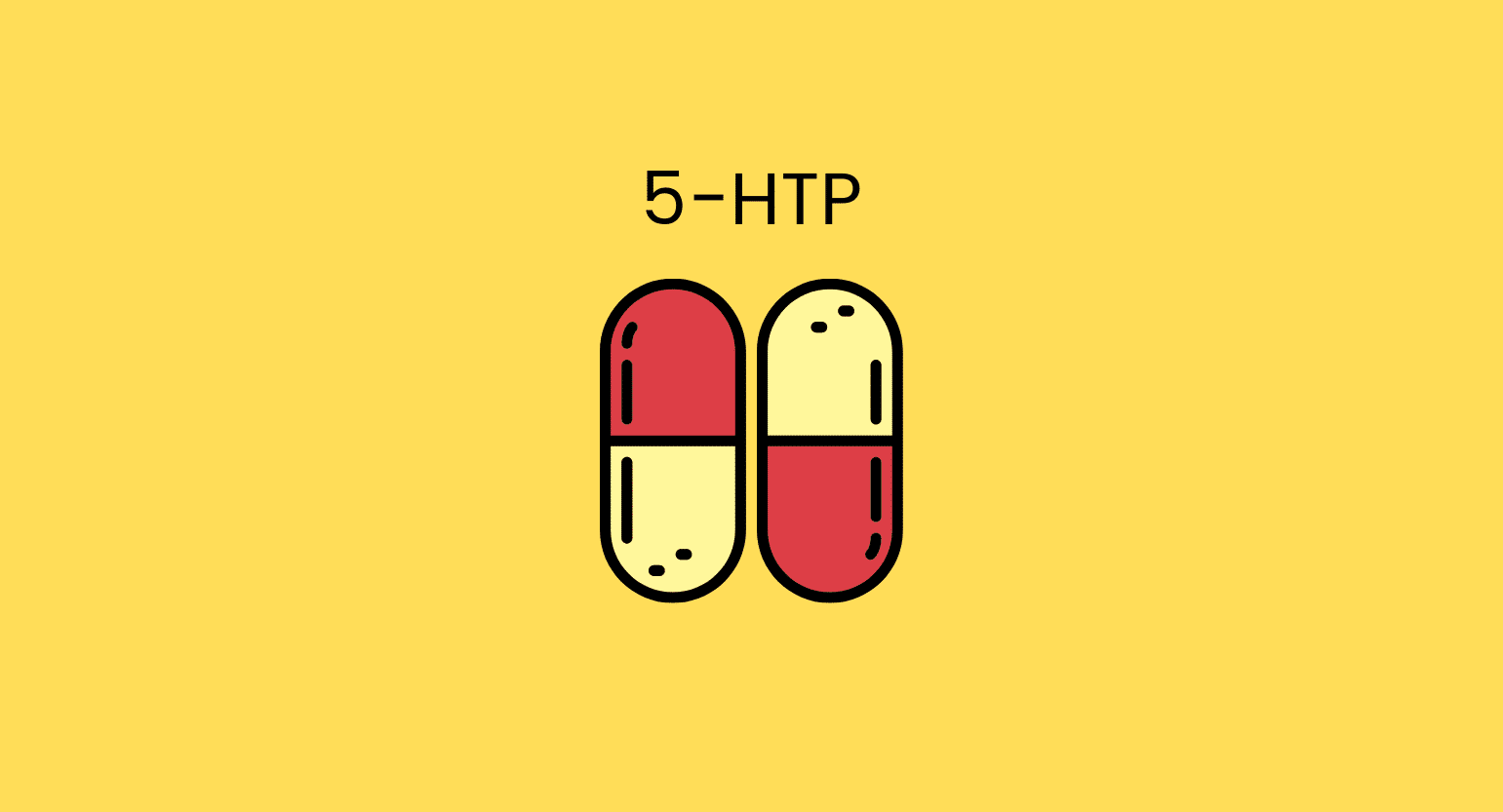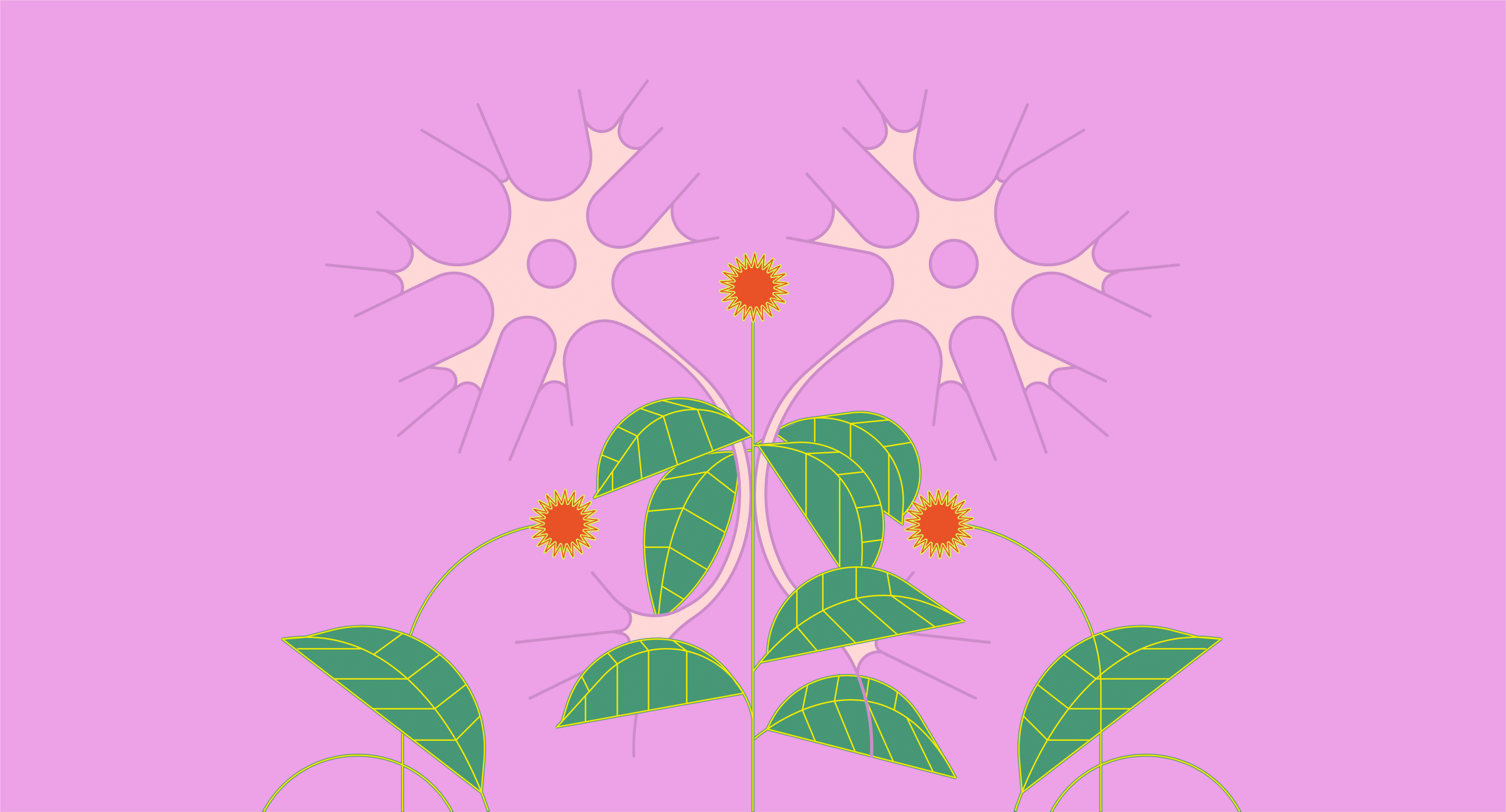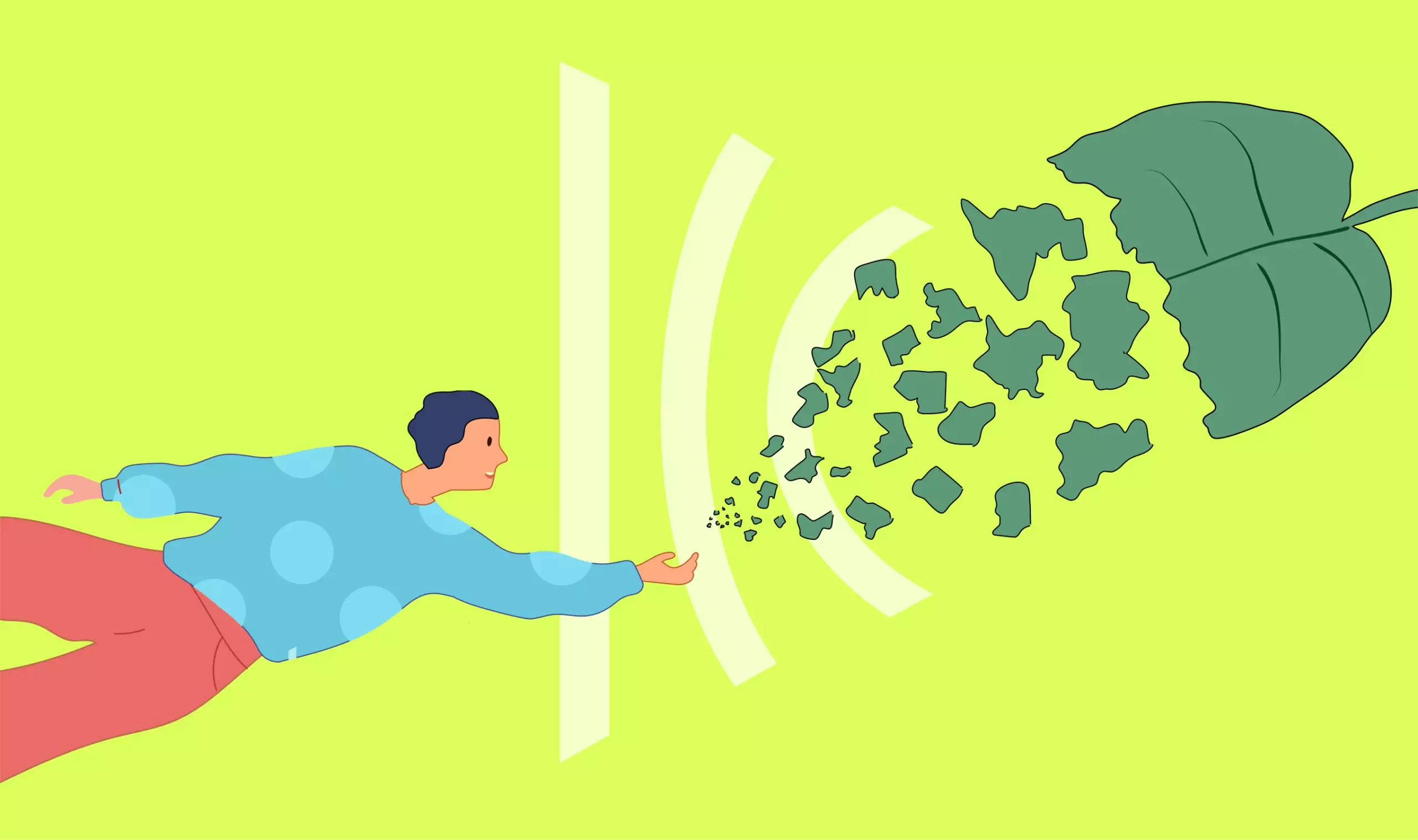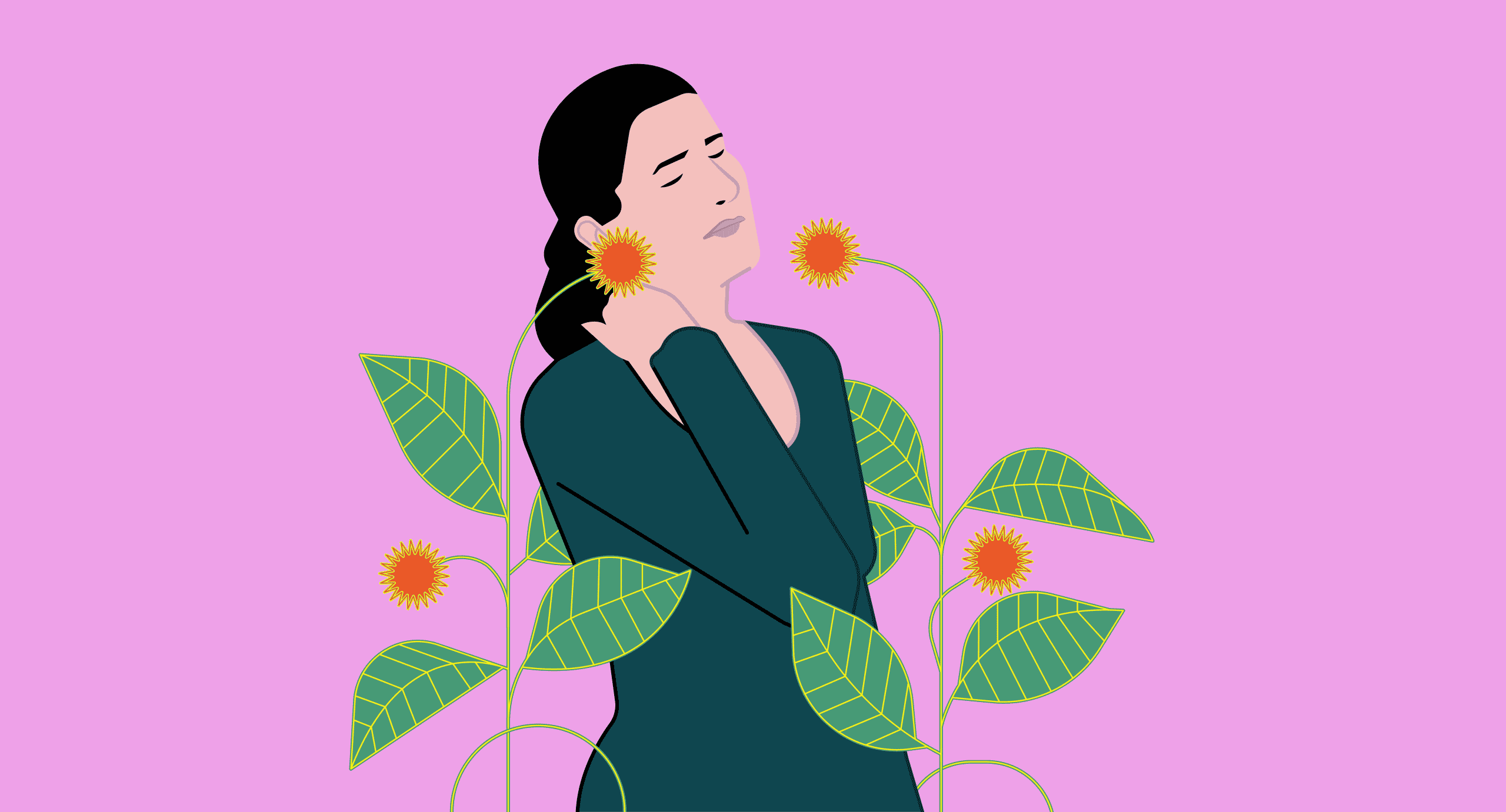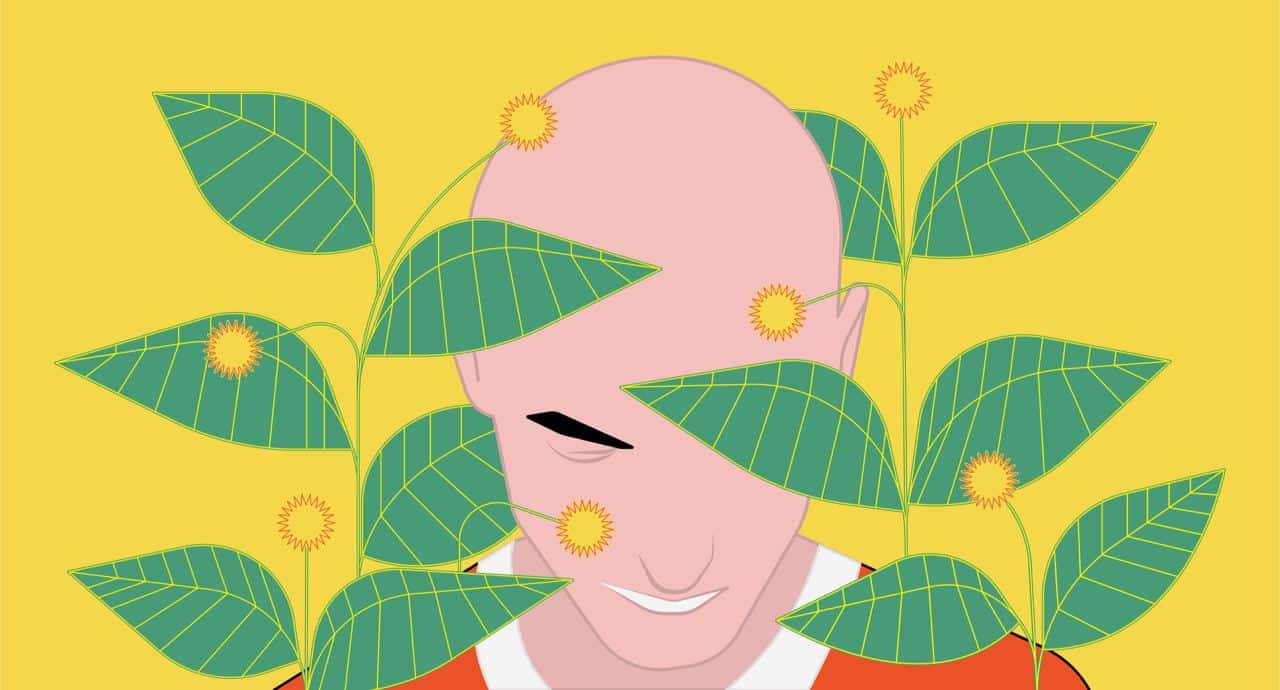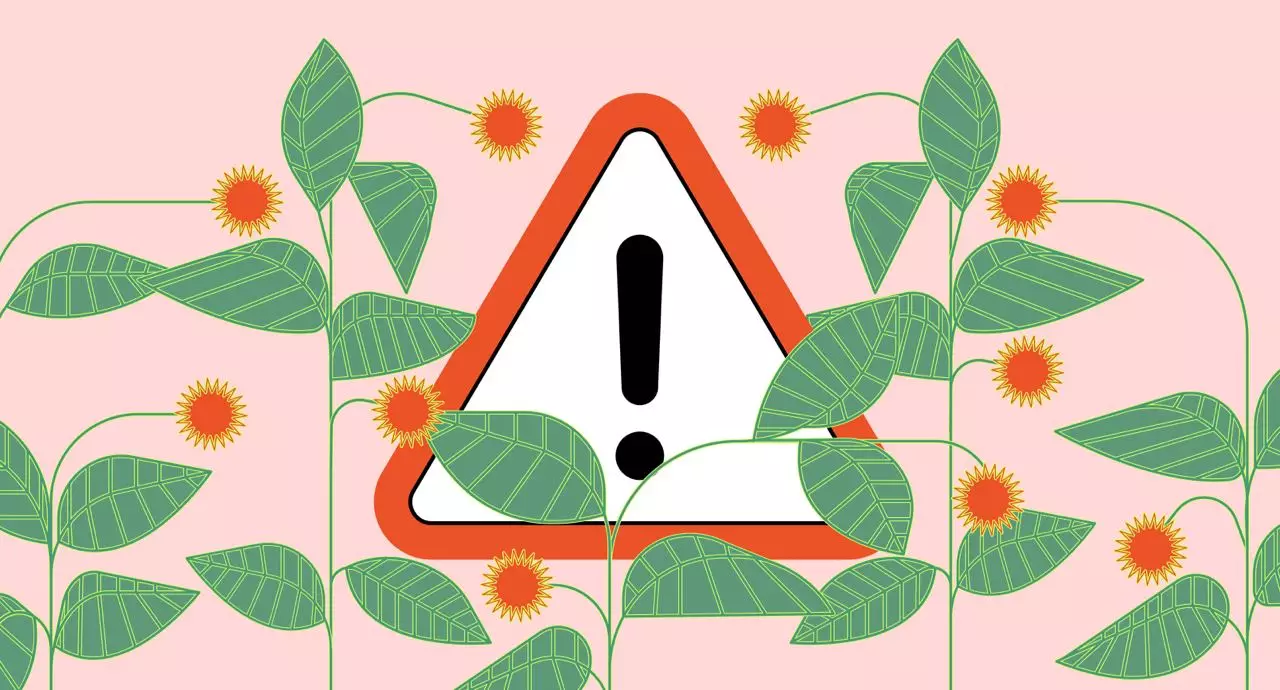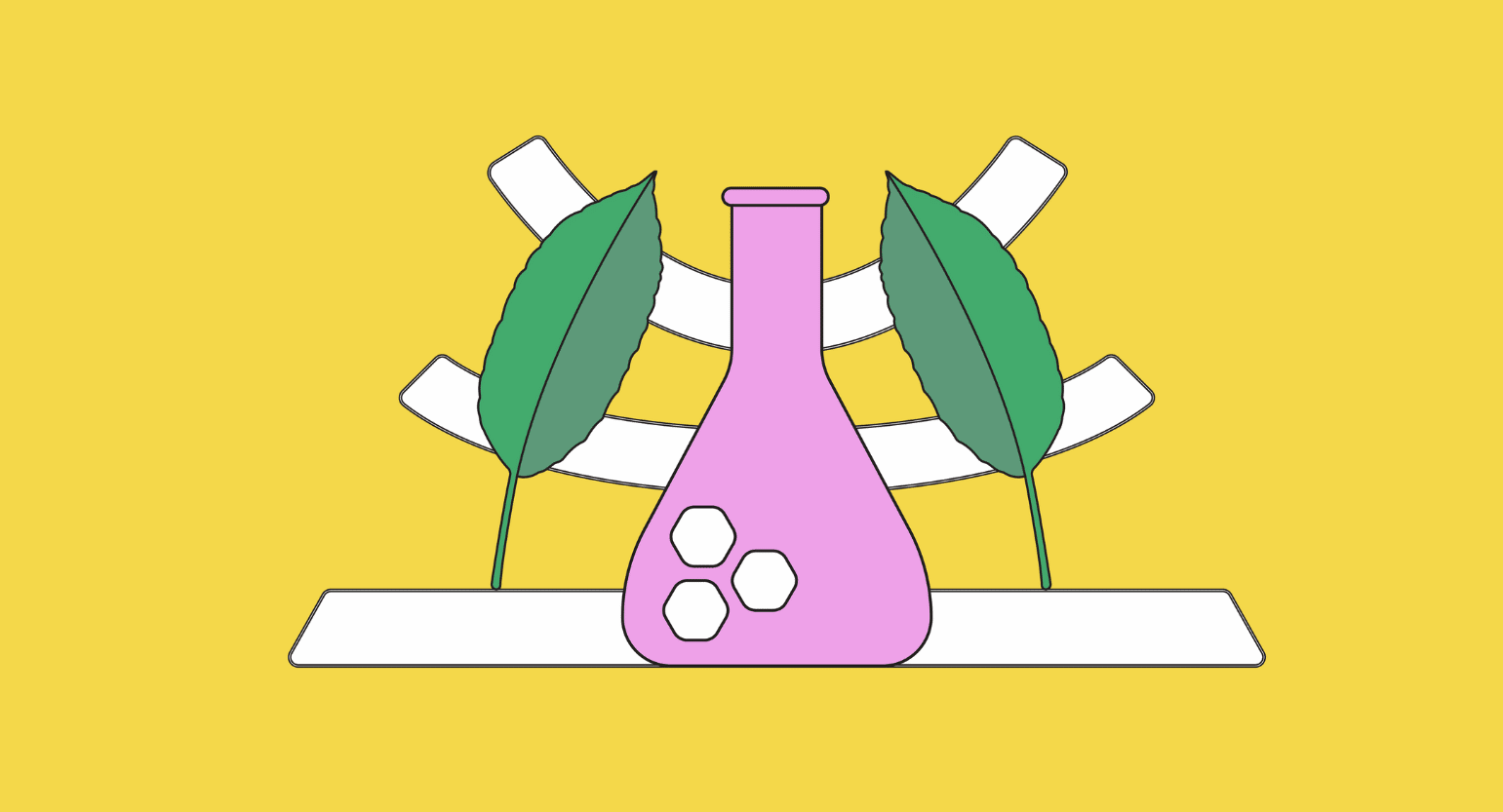Does Kratom Interact With 5-HTP (Oxytriptan)?
Kratom can interact moderately with 5-HTP (Oxytriptan). Though this interaction is indirect, it can cause an increase in effects — both good and bad — including sedation.
This interaction varies from person to person, mainly if the two medications are used for an extended period or in substantial doses.
Always consult with your prescribing physician before combining kratom and 5-HTP.
Kratom’s interaction is due mainly to an agonistic interaction.
Increased Effects (Agonistic Interaction)
Kratom and 5-HTP can interact agonistically. While a milder form of interaction may be beneficial for disorders like depression, a more severe interaction may result in adverse effects like excessive drowsiness, which could be problematic if you’re doing activities that demand concentration or motor skills.
When two substances with similar effects on the body are combined, an agonistic interaction occurs. These chemicals may operate on the same or distinct receptors, but they have specific actions in the same direction when taken together.
5-HTP has anti-depressant properties as it can increase serotonin levels in the brain and nervous system, leading to an increased sedative action [1]. It also possesses pain-relieving properties [2].
Kratom can alleviate pain and potentially lower blood pressure because of its agonistic effects on the alpha-2 receptors [3]. It has pain-relieving properties similar to opioids [4].
Because these medicines have similar activities, mixing them can boost their pain-relieving and sedative effects, resulting in side effects such as excessive sedation. You might be able to avoid this by combining tiny doses of both medications for a short period.
Because supplements like kratom and 5-HTP are unregulated and understudied, always check with your doctor and do your research before using and combining them.
Metabolization of 5-HTP & Kratom
There is very little chance of metabolic interaction between 5-HTP and kratom.
5-HTP is converted to 5-indoleacetic acid by monoamine oxidase and aldehyde dehydrogenase, which is eliminated in the urine.
On the other hand, kratom is broken down by the liver’s cytochrome enzymes CYP3A4, CYP2D6, and CYP2C9.
Because these two drugs are metabolized in separate ways, there is a slight possibility that they will compete metabolically in the body.
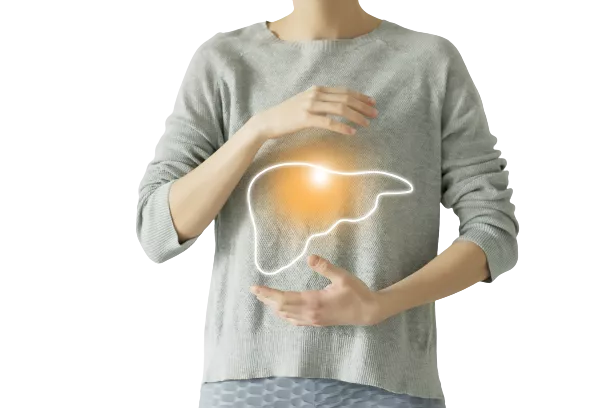
Kratom & 5-HTP (Oxytriptan) Interactions
Kratom interacts with many substances, including supplements like 5-HTP.
5-HTP is classified as an amino acid, a substance that builds proteins in the body. The body makes this chemical from tryptophan, an essential amino acid obtained from food. After tryptophan is converted into 5-HTP, the chemical is changed into another chemical called serotonin, a neurotransmitter that relays signals between brain cells.
Other amino acids that kratom will interact with include:
- Branched-chain amino acids (BCAAs)
- Leucine
- Isoleucine
- Valine
Is it Safe to Take Kratom (Oxytriptan) With 5-HTP?
When used simultaneously, kratom and 5-HTP can have a moderate level of interaction. In small doses and for a short period, they may be safe to consume together. Kratom’s anxiolytic and pain-relieving qualities can be enhanced by 5-HTP.
Long-term use of both medications at high doses, on the other hand, may result in more potent effects, as well as some undesirable side effects.
As a result, only take these medications after consulting with your physician. Never initiate them on your own. Also, if you experience any odd side effects, seek medical help right away.
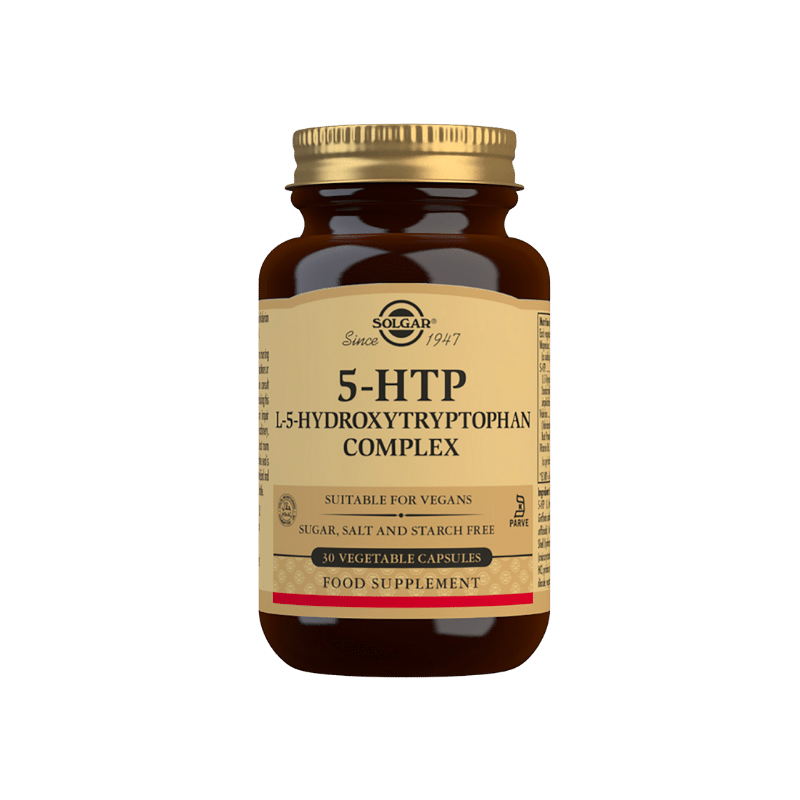
What is 5-HTP (Oxytriptan)?
5-Hydroxytryptophan (5-HTP), also known as oxitriptan, is a naturally occurring amino acid and a metabolic intermediary in manufacturing the neurotransmitter serotonin.
It is used as a dietary supplement, an anti-depressant, appetite suppressant, and sleep aid.
As a supplement, 5-HTP is made from the seeds of an African plant called Griffonia simplicifolia.
5-HTP can easily cross the blood-brain barrier and should not be taken alongside anti-depressants such as fluoxetine, paroxetine, amitriptyline, sertraline, clomipramine, or imipramine. Because these drugs also raise serotonin levels, combining them with 5-HTP might result in significant adverse effects such as heart problems, shivering, anxiety, and serotonin syndrome.
5-HTP Details & Specifications
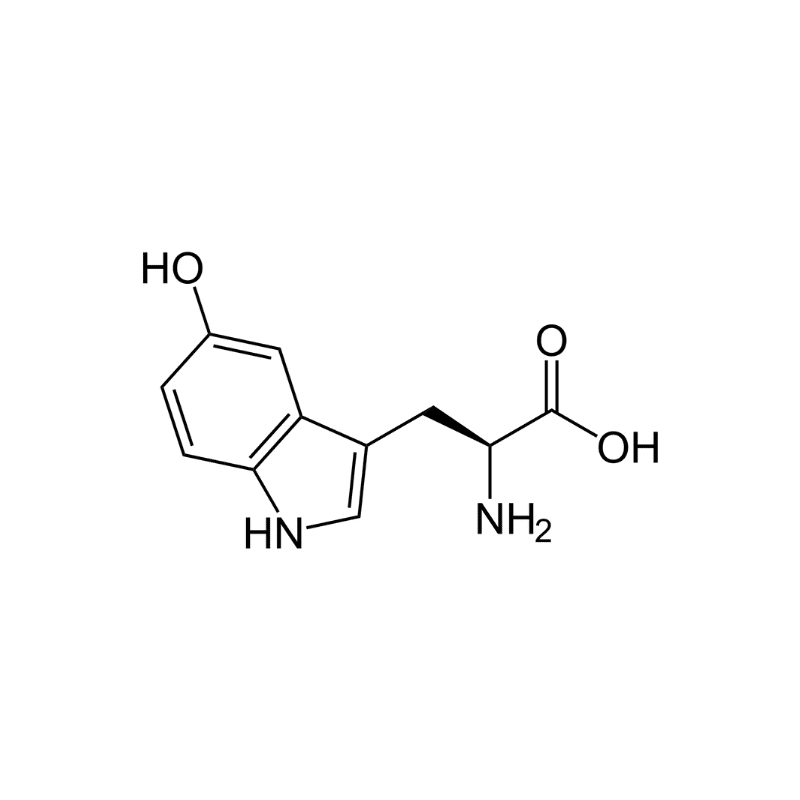
| Drug Name | 5-HTP |
| Trade Name | Cincofarm, Levothym, Levotonine, Oxyfan, Telesol, Tript-OH, and Triptum |
| Classification | Amino acid |
| CYP Metabolism | Not known |
| Interaction With Kratom | Agonistic |
| Risk of Interaction | Moderate |
What is 5-HTP (Oxytriptan) Used For?
5-HTP is being studied for several indications. Some of these are:
As An Anti-depressant
Serotonin abnormalities in the brain have been related to emotional disturbances, including depression. Serotonin production may be boosted by supplementing (5-hydroxytryptophan) [5]. 5-HTP was found to be as effective as, or almost as effective as, an anti-depressant medicine in one double-blind trial (fluoxetine) [6].
Fibromyalgia
5-HTP may help decrease pain caused by primary fibromyalgia syndrome [2]. Since serotonin plays a significant role in modulating pain perception, the production of serotonin after the intake of 5-HTP can help treat the pains in this condition.
As Treatment for Headaches, Including Migraine
5-HTP may provide relief from headaches, including migraine headaches [7]. Because serotonin is involved in pain perception, the generation of serotonin after taking 5-HTP may aid in the treatment of the pains associated with headaches.
Decreasing Obesity
5-HTP may help in weight loss and decrease obesity [8] by increasing the brain’s craving for a protein-rich diet [9].
Because protein might help people maintain a healthy weight, it is hypothesized that 5-HTP could aid weight loss by reducing cravings for unhealthy foods.
For Treatment of Insomnia
Because 5-HTP is converted to serotonin, it may be beneficial for insomnia caused due to the depletion of serotonin in the brain [5].
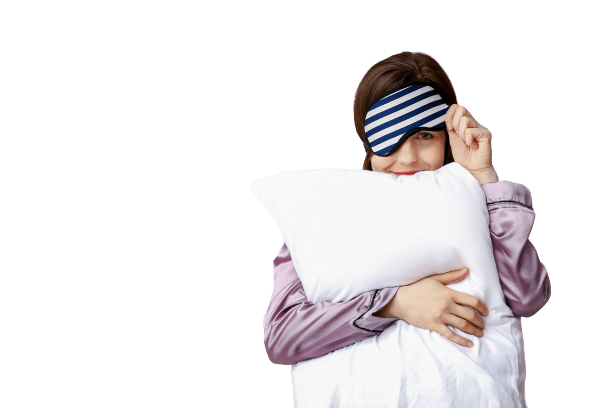
What’s the Dose of 5-HTP (Oxytriptan)?
The recommended dose of 5-HTP for sleep is 90 mg.
Generic & Brand Name Versions
- Cincofarm
- Levothyrn
- Levotonine
- Oxyfan
- Telesol
- Tript-OH
- Triptum
What Are the Side Effects of 5-HTP (Oxytriptan)?
- Diarrhea
- Drowsiness
- Heartburn
- Muscle spasm
- Nausea
- Sexual problems
- Stomach pain
- Vomiting

What is Kratom?
Kratom is a herbal extract made from the Mitragyna speciosa tree, which is found in Southeast Asia. Mitragynine and 7-hydroxymitragynine are alkaloids in kratom leaves that mimic the effects of opioids like morphine.
Kratom is not an opioid and carries much less risk than standard prescription painkillers despite these effects. In fact, it’s been used for centuries to treat various ailments and only recently made its way west.
Kratom can be used as a stimulant in small doses but has sedative properties in large amounts.
What’s Kratom Used For?
Kratom has many uses, which is why it’s so popular. That and its safety profile make it a popular replacement for everything from coffee to anti-depressants.
- Anxiety
- Depression
- Opioid addiction and withdrawal
- Pain
- Insomnia
- Energy
- Focus
- Libido
- Weight loss
What is the Dose of Kratom?
Kratom’s effects are highly dose-dependant, and it varies from person to person. There are too many factors that come into play, making it hard to give absolute numbers. There are suggested doses, but you’ll have to experiment to find what’s right for you.
The general guidelines are as follows:
- Microdose: Less than 2 g
- Small dose: 2-5 g
- Medium dose: 6-8 g
- Large dose: 9-12 g
Smaller amounts are more stimulating, and more significant amounts are sedating. Use bigger doses for more prominent pain and anxiety relief.
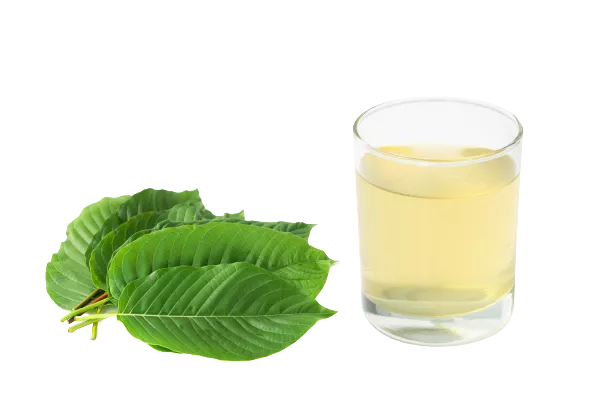
What Are the Side Effects of Kratom?
Side effects are minimal when kratom is used responsibly, but they exist. Some are more serious but usually come with long-term or heavy usage.
- Anxiety
- Constipation
- Drowsiness
- Depression
- Dry mouth
- Frequent urination
- Insomnia
- Irritability
- Itching
- Liver damage
- Loss of appetite
- Nausea
- Vomiting
- Addiction
What Are the Different Types of Kratom?
Kratom strains are due to varying alkaloid levels. As the leaves mature, some alkaloids become more pronounced, changing the effects slightly. All kratom strains carry similar benefits, but some are more geared towards certain effects.
Here’s a look at the four main groups under which the various strains fall and what each one excels at.
A) White Vein Kratom
White vein kratom helps improve concentration, mood, and energy and can be beneficial in easing the symptoms of depression. Small doses make an excellent replacement for energy drinks.

B) Red Vein Kratom
Red vein kratom is a potent pain reliever due to its opioid-like effects. However, these can be very sedating, so be careful when taking them (unless you want to sleep). Many people find relief for their chronic pain through some more potent strains. They’re also good at helping manage anxiety and stress.

C) Green Vein Kratom
Green strains have stimulating and sedative effects and are more of a middle ground. These are popular among those that don’t need a potent pain reliever or powerful pick-me-up and are only looking for a boost. However, these strains are still strong and can pack a punch, so don’t mistake them for being less effective overall.

D) Yellow Vein Kratom
There are a few theories on how yellow strains come about. One is that it’s made from a fermented version of green vein kratom, making it smoother and more calming.

Key Takeaways: Is it Safe to Mix Kratom & 5-HTP (Oxytriptan)?
Kratom with 5-HTP can have a moderate interaction. Both medicines can induce drowsiness; hence their interaction is called agonistic. As a result, combining them in small quantities could aid in treating insomnia and sleep disorders.
However, with long-term medicine or large doses, this interaction can become harmful, resulting in severe sedation-like effects that could be dangerous.
So don’t start taking these meds on your own, and always consult your physician first.
- Birdsall, T. C. (1998). 5-Hydroxytryptophan: a clinically-effective serotonin precursor. Alternative medicine review: a journal of clinical therapeutic, 3(4), 271-280.
- Puttini, P. S., & Caruso, I. (1992). Primary fibromyalgia syndrome and 5-hydroxy-L-tryptophan: a 90-day open study. Journal of international medical research, 20(2), 182-189.
- Foss, J. D., Nayak, S. U., Tallarida, C. S., Farkas, D. J., Ward, S. J., & Rawls, S. M. (2020). Mitragynine, a bioactive alkaloid of kratom, reduces chemotherapy-induced neuropathic pain in rats through the α-adrenoceptor mechanism. Drug and alcohol dependence, 209, 107946.
- Eastlack, S. C., Cornett, E. M., & Kaye, A. D. (2020). Kratom—Pharmacology, clinical implications, and outlook: a comprehensive review. Pain and Therapy, 9(1), 55-69.
- Persson, T. (1967). 5-Hydroxytryptophan for depression. The Lancet, 290(7523), 987-988.
- Jangid, P., Malik, P., Singh, P., & Sharma, M. (2013). Comparative study of the efficacy of l-5-hydroxytryptophan and fluoxetine in patients presenting with a first depressive episode. Asian Journal of Psychiatry, 6(1), 29-34.
- Titus, F., Dávalos, A., Alom, J., & Codina, A. (1986). 5-hydroxytryptophan versus methysergide in the prophylaxis of migraine. European neurology, 25(5), 327-329.
- Cangiano, C., Ceci, F., Cascino, A., Del Ben, M., Laviano, A., Muscaritoli, M., … & Rossi-Fanelli, F. (1992). Eating behavior and adherence to dietary prescriptions in obese adult subjects treated with 5-hydroxytryptophan. The American journal of clinical nutrition, 56(5), 863-867.
- Ioannou, S., & Williams, A. L. (2017). Preliminary fMRI findings concerning the influence of 5‐HTP on food selection. Brain and Behavior, 7(1), e00594.

